A listening comprehension exercise and art activity rolled into one.
Do you sometimes get frustrated with your students’ deficient listening skills? Maybe it’s time to find a resource that provides listening practice in a fun way! A task that only involves listening can be boring, but when we pair it with an art activity, it can become much more appealing.
This activity is not your average colouring sheet! The resource includes:
- a choice of four pictures for students to colour and decorate
- 4 short texts with related listening comprehension questions for the teacher to read
- multiple choice answer sheets for students to use.
How Does This Listening Exercise Work?
- Give a multiple choice answer sheet to each student. (It does not matter if students have different answer sheets).
- Select a text to read to the class. Stress that this is a listening activity and forewarn students that you will be asking them comprehension questions after reading the text. At no point do the students see the text, the questions, or the multiple choice answers written as words.
- A sample pattern has been drawn beside each multiple choice option on the answer sheet. Students listen to the questions, then circle the correct answer on their answer sheet. It is important to note that no inferring is required, students need to focus solely on what they hear in each story. The correct answer to each question is written in bold on the teacher’s script.
- Mark the answer sheet together. The patterns that correspond to the correct answers are used in the next step of the activity.
- Give a colouring template to each student. (It does not matter if students have different templates).
- Students use the correct answers to determine which pattern they will place in each section of their colouring template.
- Students colour the rest of the template as they wish.
More detailed instructions are included in the resource.
Read more about Speaking and Listening activities on our blog 10 Activities for Developing the Skills of Speaking and Listening.
If you’re looking for other resources that foster listening comprehension, try:
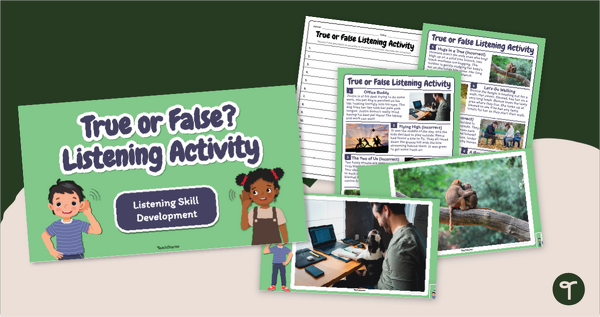
teaching resource
True or False? Active Listening Exercises
Improve listening skills in the classroom with an engaging True or False Active Listening Activity.
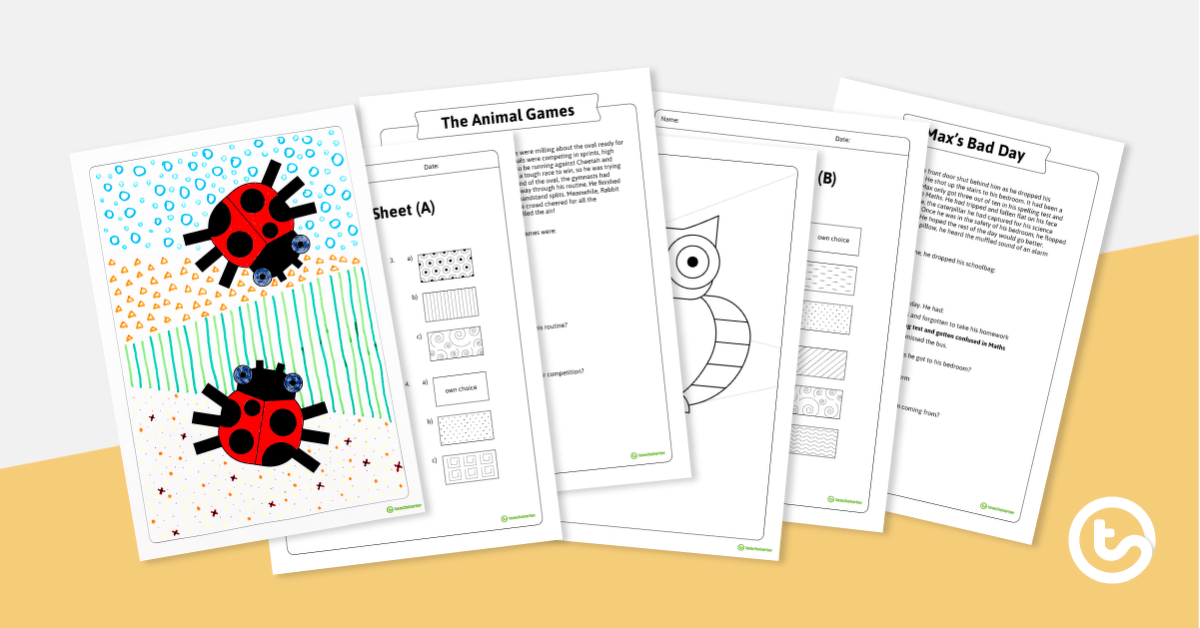
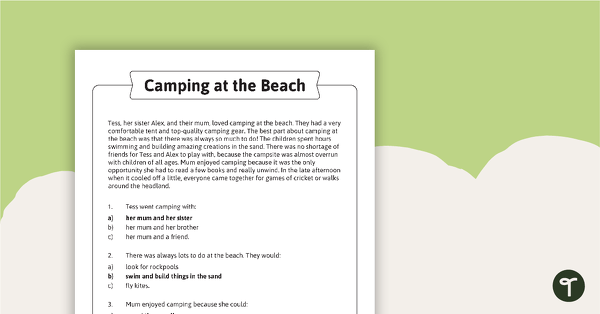
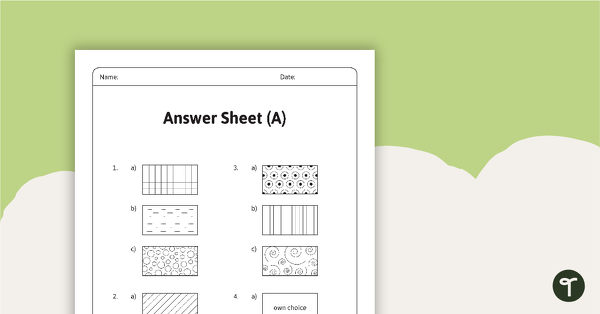
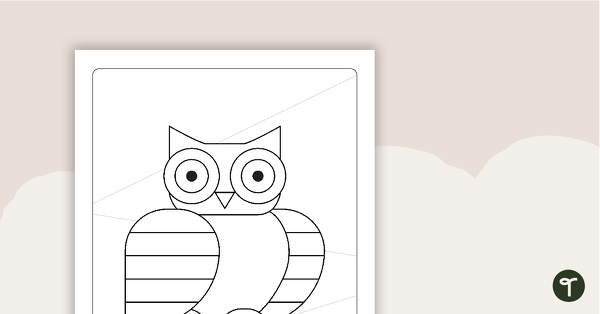

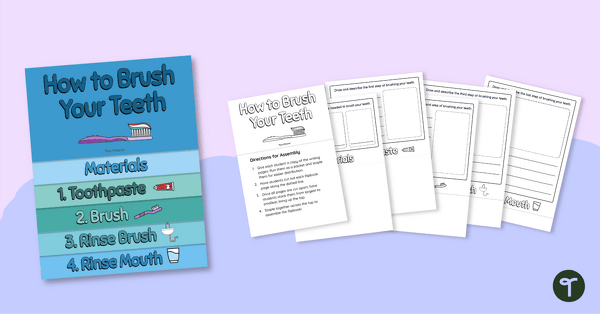
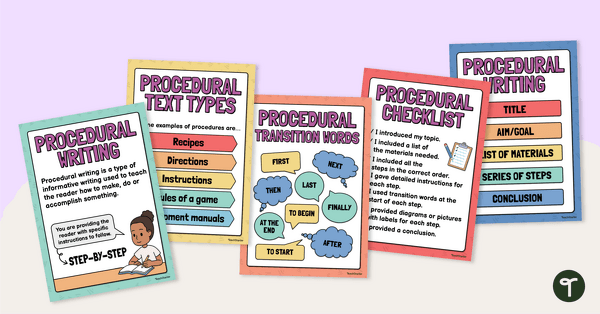
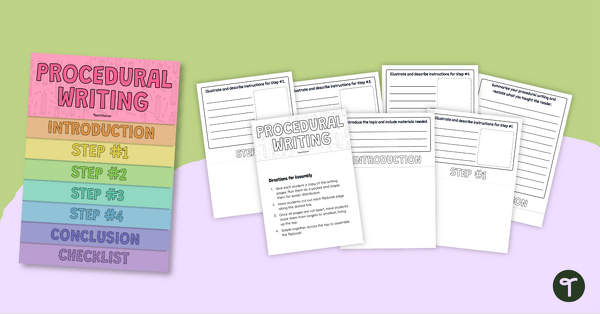
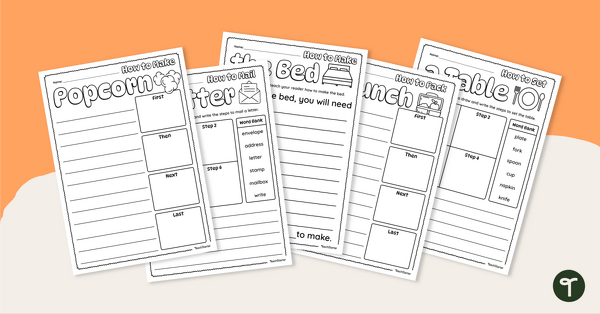
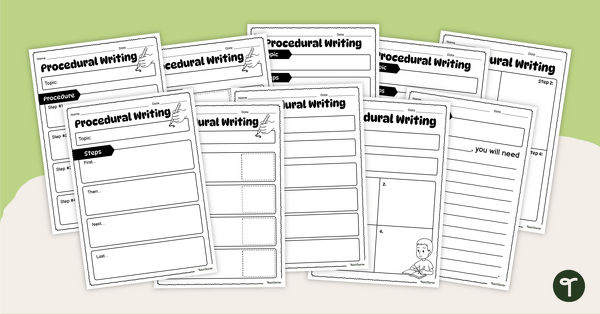
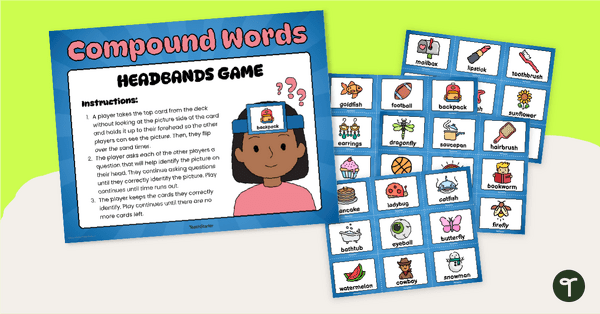
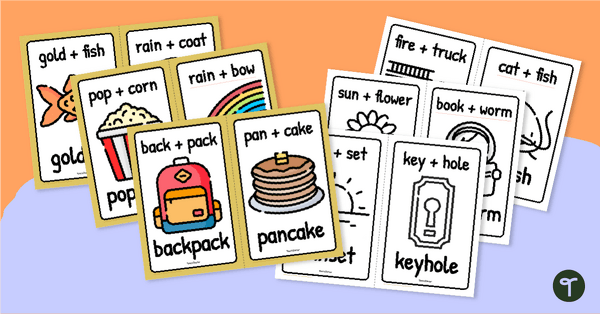
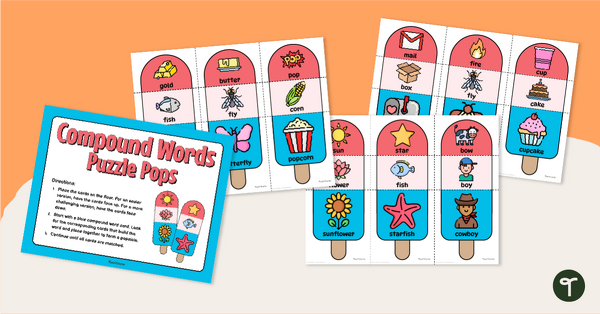
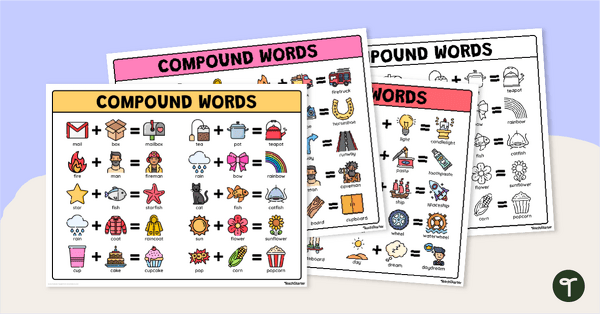
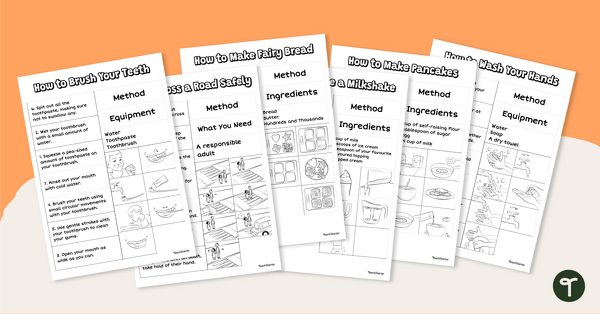
I would love to use this resource but I can't locate the student text sheets. The text sheets with multi choice have the answer in bold. have i missed there location?
Hi Maree! Thanks for reaching out! This activity is solely a listening comprehension exercise where the teacher reads the short text and answer choices. Students then mark the correct answer on their answer sheet and use the patterns to fill in the colouring sheet. Feel free to reference the directions page on the resource for further information. Hope this helps!
I can't actually work this activity out? I have asked 2 other teachers at school also
Hi Sandra, the purpose of this resource is to test your students' listening skills. We have step-by-step instructions above, as well as a more detailed explanation of how to use this resource available in the resource download. Can I ask what part you are finding difficult to understand? That way we can help you understand that bit. Looking forward to hearing from you!